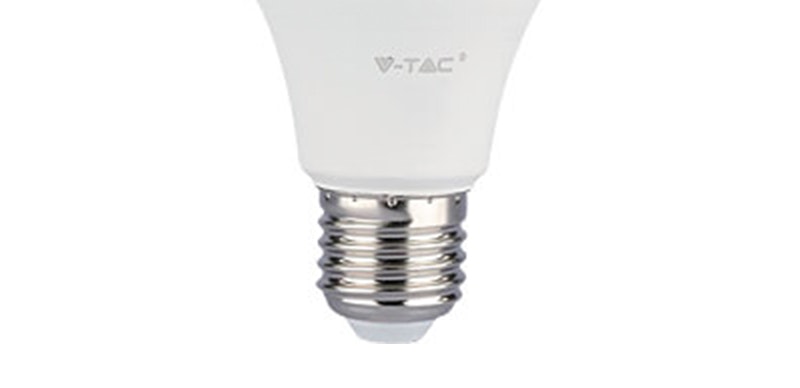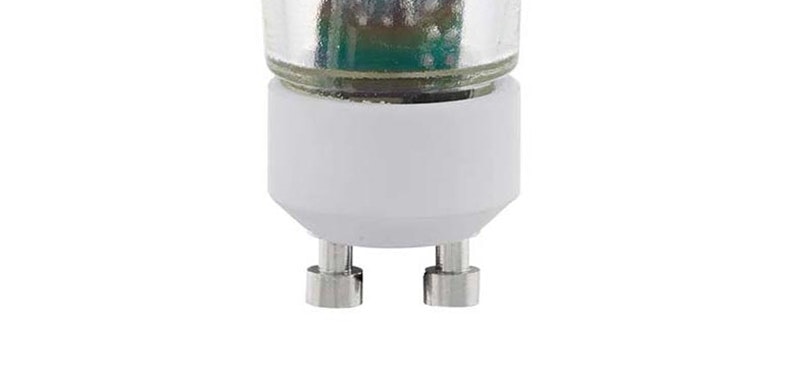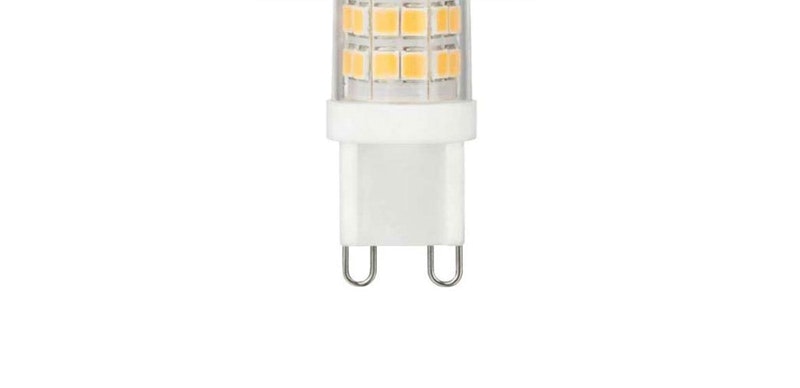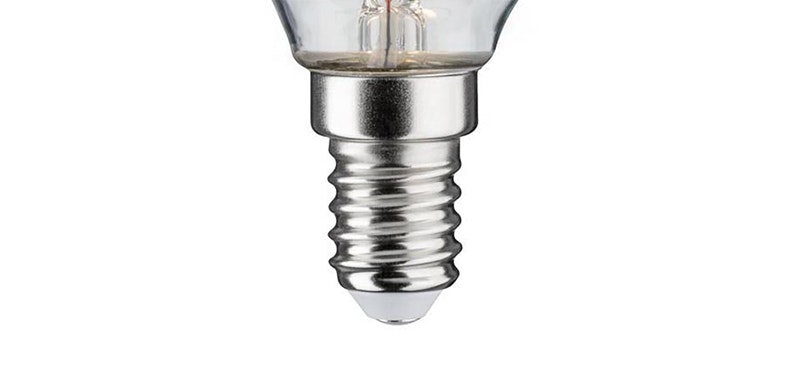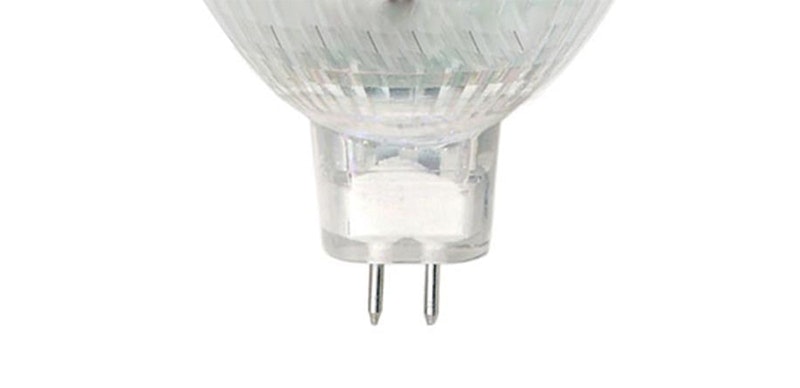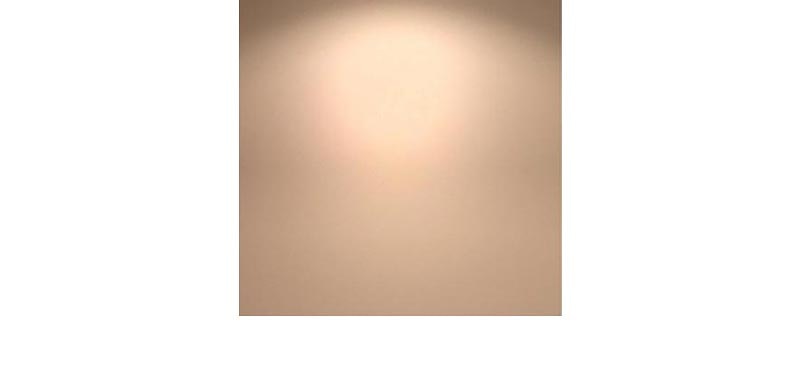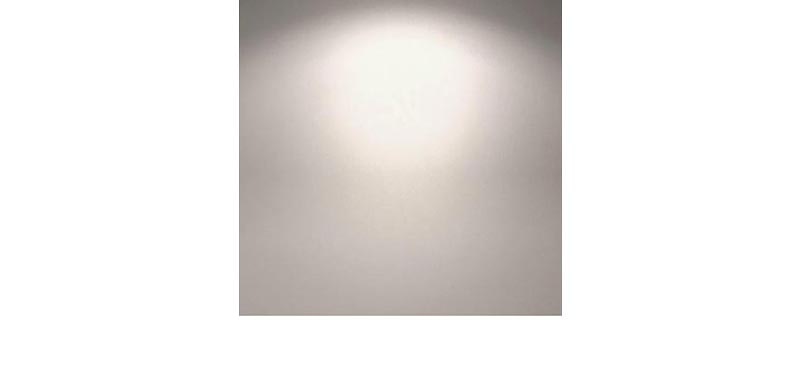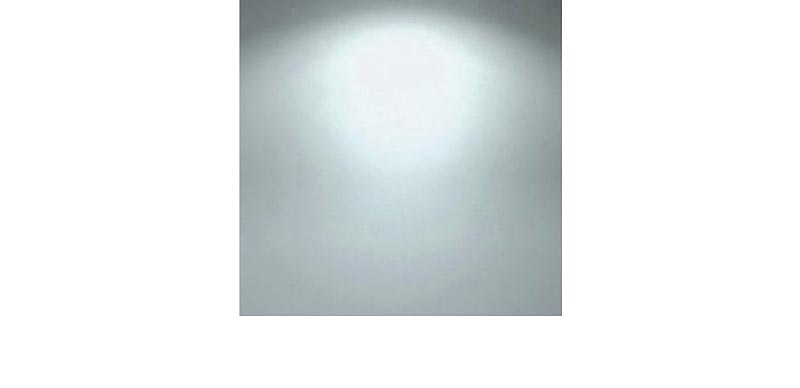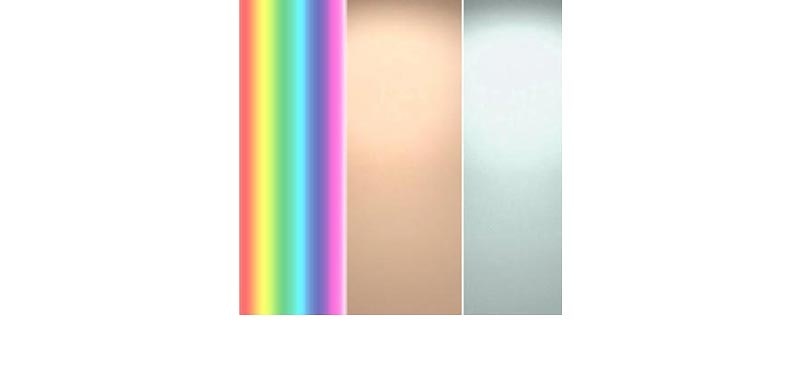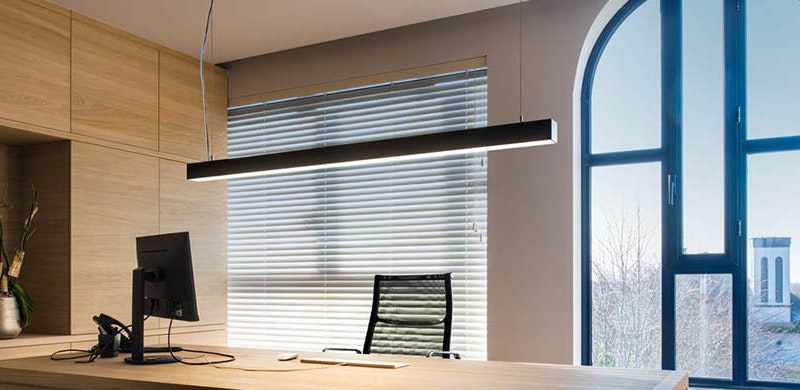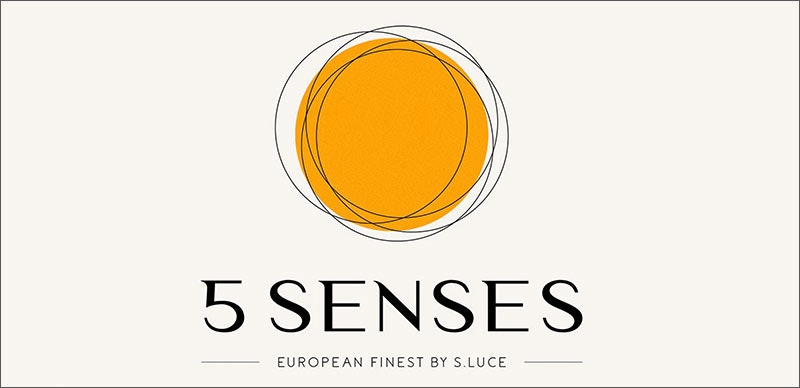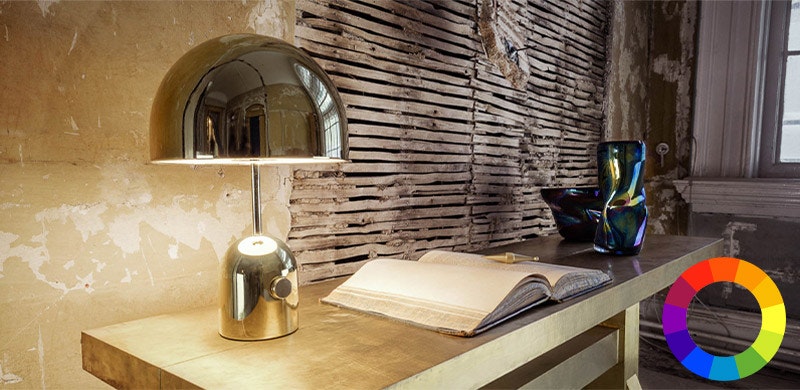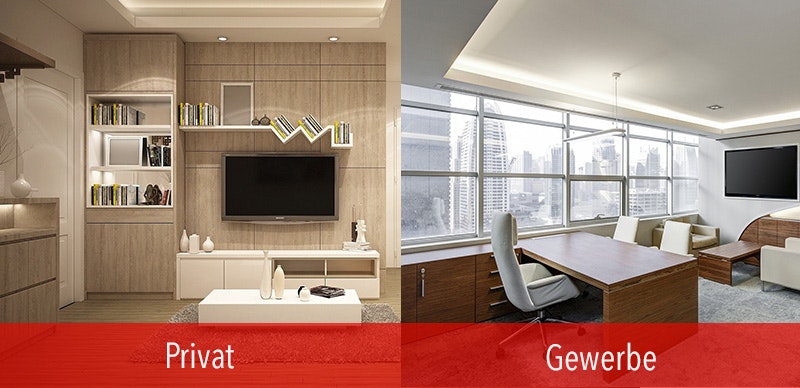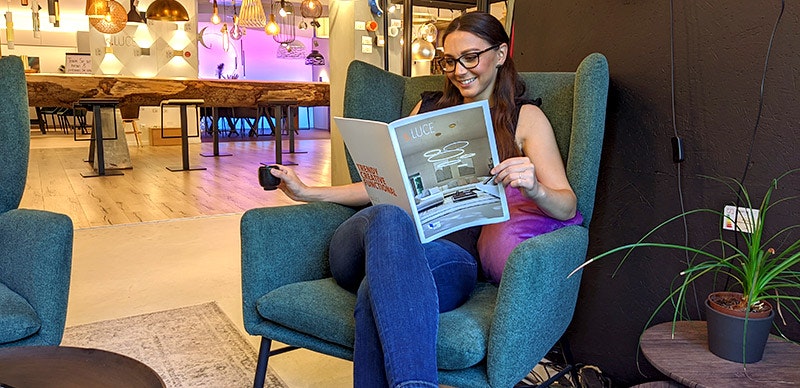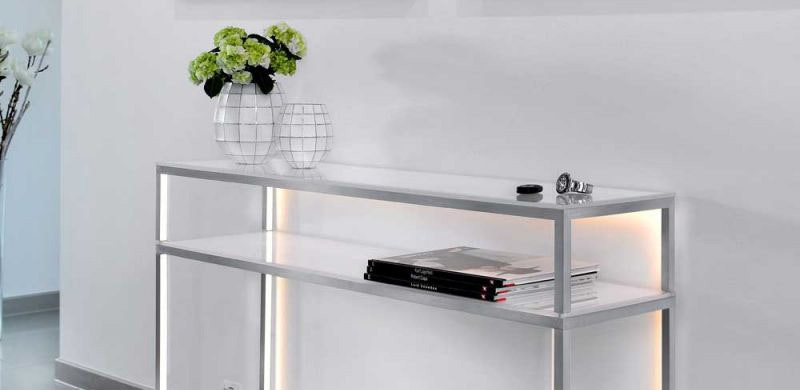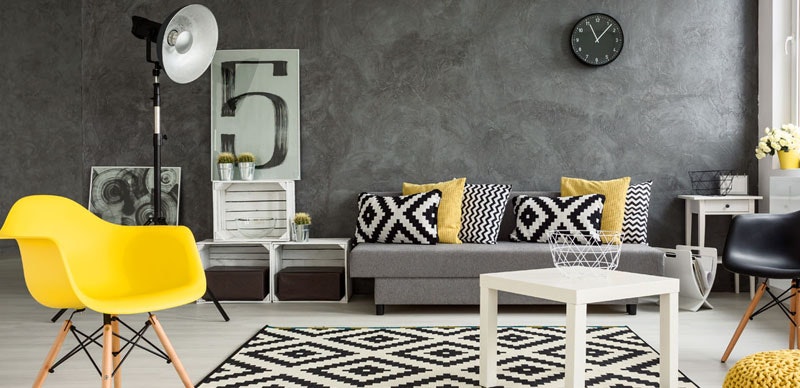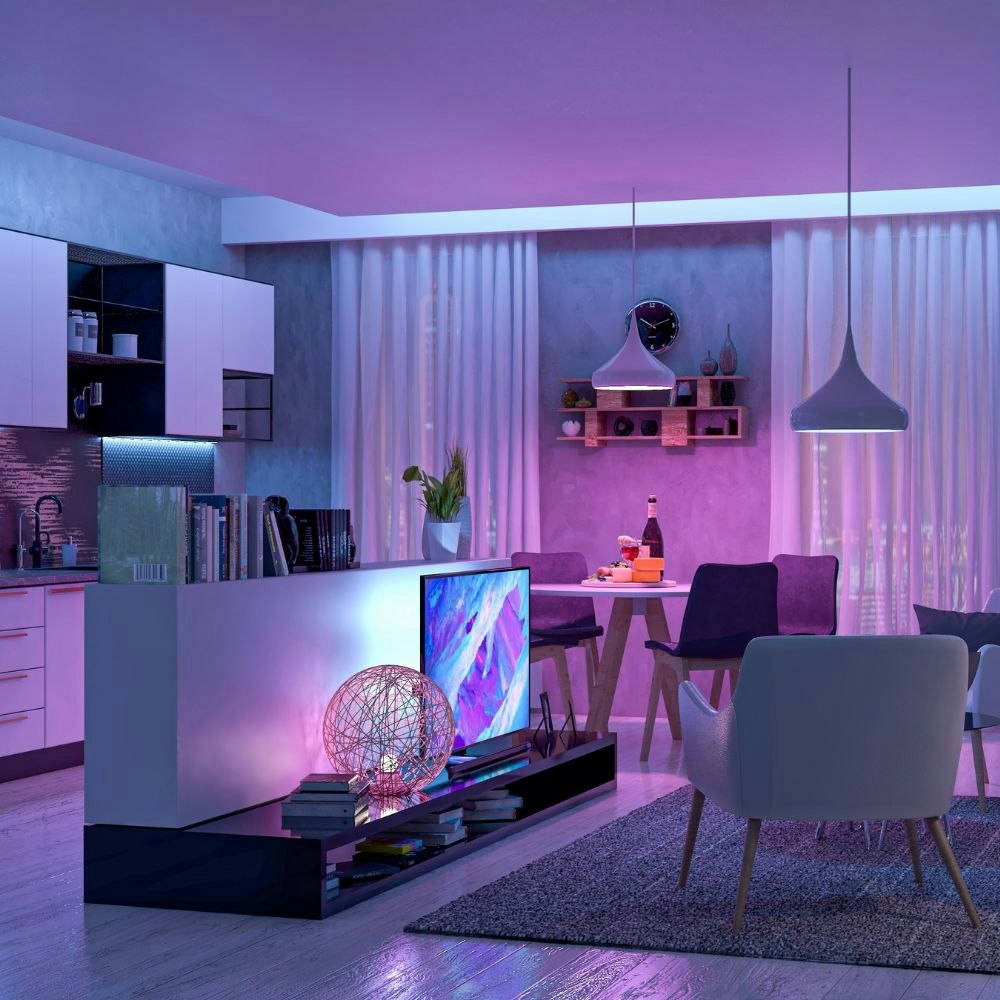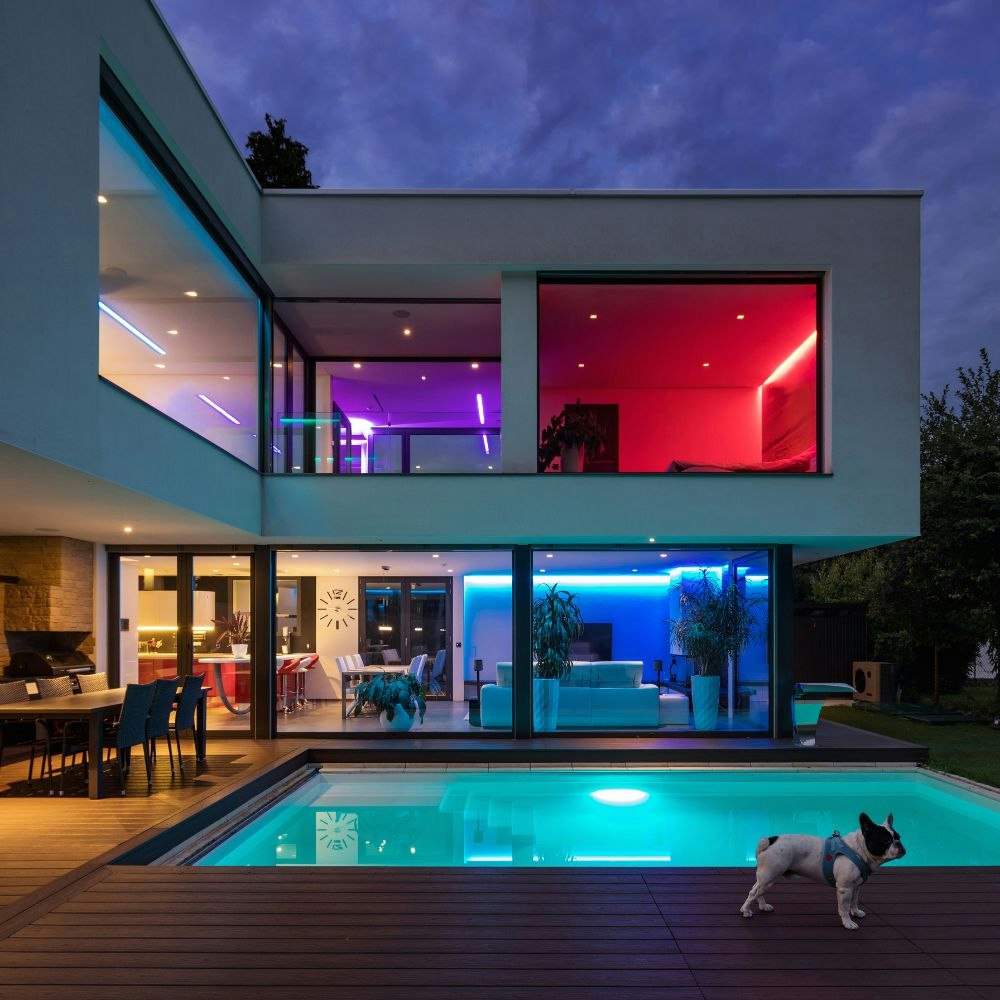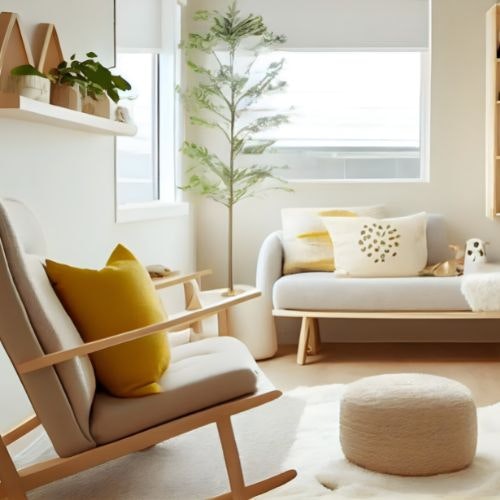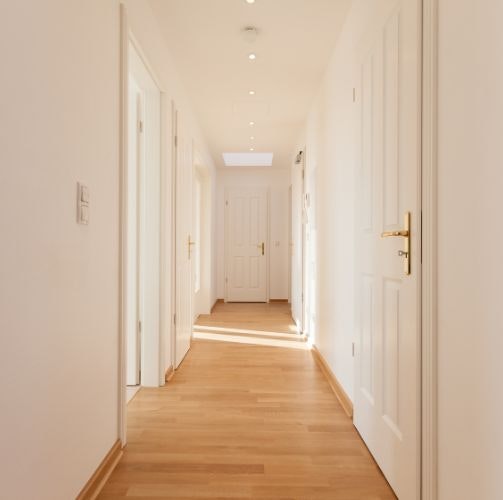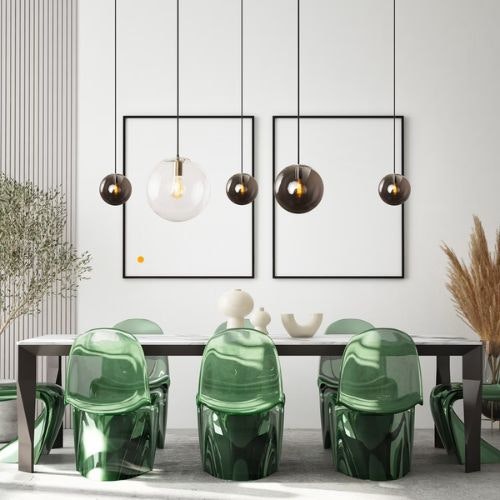
Tips on how you can save energy.
Optimise energy efficiency: How you can best save electricity
With the right choice of light sources and conscious use, one can contribute significantly to energy efficiency. This article focuses on how to save electricity by using LED bulbs compared to traditional incandescent bulbs. The type of light bulb we use in our homes and offices plays a significant role in electricity consumption. Incandescent lamps, halogen lamps, compact fluorescent lamps and LED lamps are the most commonly used light sources. In recent years, LEDs (Light Emitting Diodes) have become increasingly popular due to their high energy efficiency and longevity.
LEDs compared to incandescent lamps
LEDs (Light Emitting Diodes) are a type of solid-state light (SSL) that converts electricity directly into light. They are much more efficient than incandescent lamps. An LED lamp uses only about one fifth to one third of the energy of an incandescent lamp to produce the same amount of light. They also last much longer. While a typical incandescent lamp only lasts about 1,000 to 2,000 hours, an LED lamp can last 15,000 to 50,000 hours. Given the above factors, it may come as no surprise that LED lamps are more cost-efficient than incandescent lamps in the long run. Although they are more expensive to buy, they make up for this cost with their longer life and lower energy consumption. With average use, an LED lamp can save hundreds of euros in electricity costs over its lifetime.
How to read a lamp package?
A lamp package contains a wealth of information that can help you choose the right lamp for your needs.
A lamp package contains a lot of information that can help you choose the right lamp for your needs.
Here are some important points to look out for:
Light output (lumen): This measures the total amount of light produced by a lamp. It is a better indicator of brightness than wattage. The higher the lumen number, the brighter the light.
Energy consumption (watts): This indicates how much electricity the bulb consumes. A lamp with a lower wattage consumes less energy and is therefore more efficient.
Lifetime: This indicates how long the bulb will last in average use. LED lamps usually have a much longer life than other lamps.
Light colour (Kelvin): This indicates the colour temperature of the light. A lower Kelvin number means a warmer, yellower light, while a higher number means a cooler, bluer light.
Energy efficiency class: This is a rating that indicates how energy efficient the light source is. It is given on a scale from A++ (most efficient) to E (least efficient).
Is it worth converting a house to LED?
Converting your home to LED lighting may require some investment, but it can definitely be worth it. As mentioned earlier, LED lights use much less energy and last much longer than incandescent bulbs and CFLs.
This means you'll save money in the long run on both electricity costs and bulb replacement expenses. Plus, when you switch to LED, you don't have to replace all the bulbs at once. You can simply replace an incandescent or CFL with an LED every time it burns out. This way you can spread the costs and benefit from the advantages of LED lighting at the same time.
Lampholders and bases
Lamp sockets and bases play a crucial role in choosing the right lamp for your lighting needs. They provide a safe and efficient electrical connection between the lamp and the luminaire. There are a variety of socket types, and it is important to know the right type for your specific luminaire. Sockets for lamps can be roughly divided into three categories:
Screw bases, pin bases and plug-in bases.
Screw bases: These are the most commonly used sockets. They allow for easy installation by simply screwing the bulb into the socket until it is secure. They come in different sizes, including E27 (standard size) and E14 (candle bulb).
Pin bases: These sockets are typical for low-voltage halogen lamps or certain types of LED lamps. They have two pins that are inserted into the socket. Common sizes are G4, G9 and GY6.35.
Plug-in base: These sockets are mainly used for fluorescent tubes or certain types of LED lamps. They have one or two pins at each end of the bulb that plug into the socket. Make sure you choose the right socket for your luminaire. The socket type is usually indicated on the bulb packaging.
Important sockets and their applications - Here are some of the most common lamp sockets and where they are usually used:
E27: This is a standard size for incandescent lamps, many LED lamps and some compact fluorescent lamps. It is often used in table lamps, ceiling lights and many other household lights.
E14: This smaller screw socket is often found in smaller lights such as desk lamps or decorative lights.
GU10: This socket is often used in recessed lights and spotlights. It is typical for halogen and LED lamps.
G4, G9: These sockets are often used in low-voltage halogen lamps found in smaller luminaires such as certain desk lamps or decorative luminaires.
Efficiency example incandescent lamp vs LED lamp
Let's look at a simple example to demonstrate the efficiency of incandescent lamps compared to LED lamps. Let's say you want to light a room that requires a bulb with a light output of about 800 lumens.
This is roughly equivalent to the light output of a traditional 60-watt incandescent lamp. An incandescent lamp that produces 800 lumens uses about 60 watts.
If you use this lamp for 5 hours a day, the energy consumption is: 60 watts * 5 hours = 300 watt-hours or 0.3 kilowatt-hours (kWh). Over a period of 30 days (one month), that is 0.3 kWh * 30 = 9 kWh.
An LED lamp that also produces 800 lumens, on the other hand, consumes only about 10 watts. If the lamp is used for 5 hours a day, this results in: 10 watts * 5 hours = 50 watt-hours or 0.05 kilowatt-hours (kWh). Over 30 days, this results in 0.05 kWh * 30 = 1.5 kWh.
Comparison: At an average electricity price of about 0.30 euros per kilowatt hour (this value varies according to region and supplier), the monthly costs for the incandescent lamp are: 9 kWh * 0.30 euros = 2.70 euros.
For the LED lamp, on the other hand: 1.5 kWh * 0.30 euros = 0.45 euros.
So in this simple example, you save about 2.25 euros a month with the LED lamp. This may not sound like much, but if you extrapolate this to a year and take into account several lamps in your house, the savings can be considerable. So in this simple example, you save about 2.25 euros a month with the LED lamp. This may not sound like much, but if you extrapolate this to a year and take into account several lamps in your house, the savings can be considerable. For example, with 10 lamps that are used with similar frequency, you could save 225 euros per year.


Further energy saving possibilities
Motion detectors and timers: Another efficient way to save electricity is to use motion detectors and timers. Motion detectors automatically switch the light on when they detect movement in a certain area and switch it off when no more movement is detected. They are particularly useful for outdoor lighting and little-used rooms. Timers, on the other hand, can be programmed to turn lights on and off at specific times. They are ideal for areas that need to be lit regularly, such as outdoor areas at night.
Smart home and connected lighting: In today's digital world, there are also more and more ways to connect lighting to optimise power consumption. Smart home systems allow you to control your lighting from your smartphone or via voice commands. You can even set up complex lighting scenarios that are automatically activated at certain times or under certain conditions. This can not only help you save energy, but also increase the comfort and safety of your home.
Interior design and colour selection: The colour of the walls, floors and furniture in your home can have a big impact on the lighting you need. Lighter colours reflect light better and allow you to get by with less lighting. Darker colours, on the other hand, absorb more light, which means you need more lighting to achieve the same level of brightness.
Energy audit: If you are serious about saving energy and optimising your lighting, you could consider an energy audit. This involves an expert coming to your home and analysing how much energy you use and where you could save energy. This may also include specific recommendations for lighting. It is clear that choosing the right lighting is only part of the equation when it comes to saving energy. By making conscious choices and using technology, lighting can be made more efficient and sustainable.
Fazit - So machst Du alles richtig!
Saving electricity is not only good for your wallet, but also for the environment. The efficient use of lighting plays a key role in this, as it often accounts for a significant portion of household energy consumption.
Switching to LED bulbs is one of the most effective ways to save electricity. Although they can be more expensive to buy than traditional incandescent or compact fluorescent lamps, they more than pay for themselves in terms of lower electricity bills and longer life.
If you are still undecided about how you want to implement lighting in your home, why not make an appointment with the lighting designers at Skapetze for a personal consultation and the development of an individual lighting concept ?
You are also welcome to visit us on site in Simbach am Inn at , Bavaria's largest lighting studio .
If you already have a concrete idea of how the luminaires should look in your home, we can help you turn this idea into reality - our in-house workshop makes it possible.












